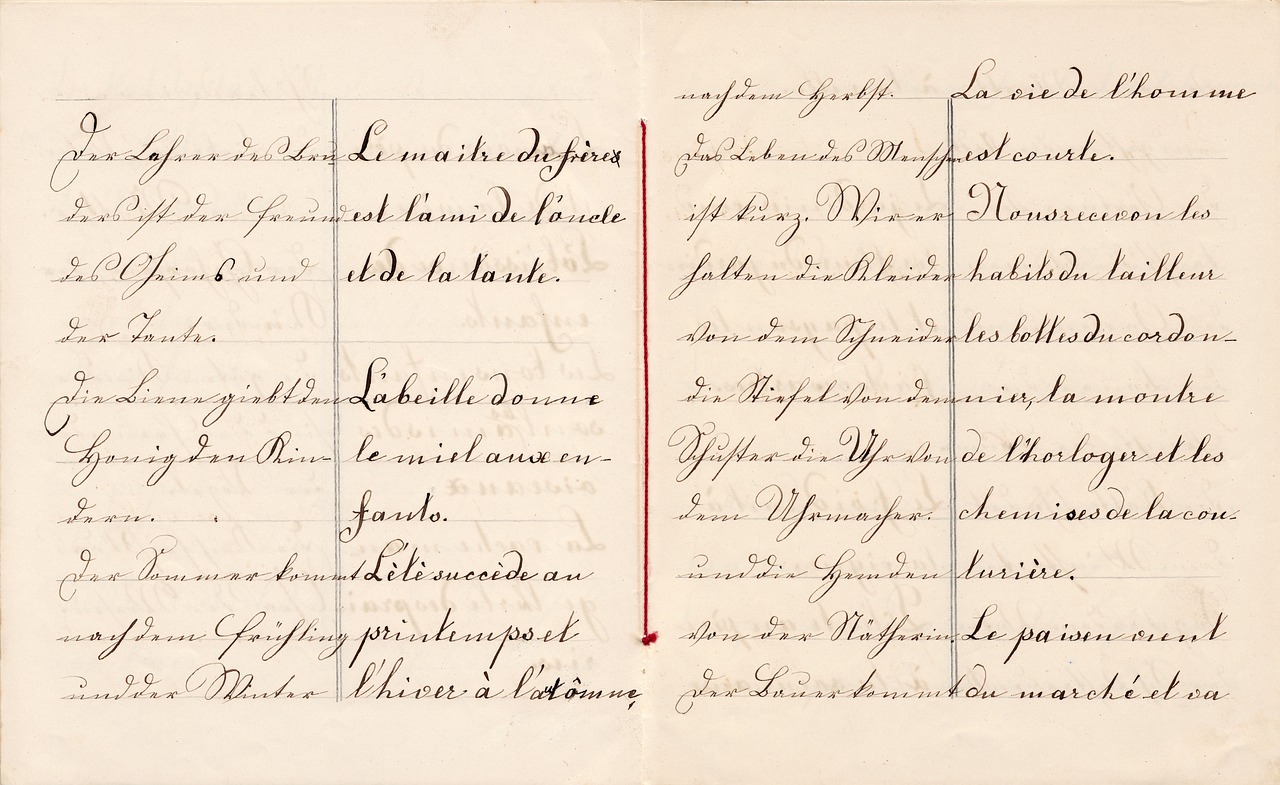Did you know that the cost of roses per stem can greatly impact the pricing of rose bouquets? The price of roses can vary depending on factors such as the type of rose, the season, and the quality of the flower. This has led to a wide range of prices for rose bouquets in the floral industry.
Roses are one of the most popular flowers for bouquets and arrangements, making them a staple in the floral industry. The cost of roses per stem has been steadily increasing over the years due to factors such as inflation and the rising demand for roses. As a result, florists have had to adjust their pricing in order to cover the cost of the roses while still turning a profit.
One way that florists have addressed the variations in pricing for rose bouquets based on the cost of roses per stem is by offering different options for customers. For example, customers can choose from a range of bouquet sizes and types of roses, allowing them to find a bouquet that fits within their budget. This approach has helped to make rose bouquets more accessible to a wider range of customers, regardless of their budget constraints.
According to a recent study, the cost of roses per stem can account for up to 50% of the total cost of a rose bouquet. This statistic highlights the significant impact that the price of roses can have on the overall pricing of rose bouquets. By understanding the cost of roses per stem and how it affects pricing, florists can better communicate the value of their bouquets to customers.
What is the cost of roses per stem?
When it comes to purchasing roses, one of the most important factors to consider is the cost per stem. The cost of roses per stem refers to the price you pay for each individual rose, typically determined by factors such as the type of rose, the quality, and the vendor. Roses are a popular choice for various occasions such as weddings, anniversaries, and Valentine’s Day, making it crucial to understand the pricing structure to make an informed decision.
Factors influencing the cost of roses per stem
There are several factors that can influence the cost of roses per stem. The type of rose you choose plays a significant role in determining the price, as some varieties are more expensive than others. Additionally, the quality of the roses, such as the size of the blooms and the freshness of the stems, can impact the cost. Furthermore, the vendor from whom you purchase the roses can also affect the price, as different sellers may offer varying price points based on their overhead costs and reputation in the industry.
Advantages of knowing the cost of roses per stem
Understanding the cost of roses per stem can help you budget for floral arrangements and ensure that you are getting the best value for your money. By comparing prices from different vendors and considering factors such as quality and variety, you can make a more informed decision when purchasing roses for special occasions. Additionally, knowing the cost per stem can help you avoid overpaying for roses that may not meet your expectations in terms of quality or freshness.
Variations in Pricing for Rose Bouquets
When it comes to purchasing a bouquet of roses, one of the key factors to consider is the cost of roses per stem. The price of a single rose can vary widely depending on various factors such as the quality, variety, and availability of the flowers. In this article, we will delve into the different aspects that influence the pricing of rose bouquets, providing you with valuable insights to help you make an informed decision when buying these beautiful flowers.
Cost of Roses per Stem
The cost of roses per stem can differ significantly based on several factors. One of the primary determinants of pricing is the quality of the roses. Premium quality roses, which are often larger in size, more vibrant in color, and have longer stems, tend to be more expensive than standard-grade roses. These premium roses are typically grown in optimal conditions, ensuring that they are of top-notch quality. On the other hand, standard-grade roses may be smaller in size and have shorter stems, making them more affordable for consumers on a budget.
Another factor that impacts the cost of roses per stem is the variety of the roses. There are numerous varieties of roses available in the market, each with its unique characteristics and price points. Some popular rose varieties, such as the classic red roses or the romantic pink roses, may be priced higher due to their high demand and popularity. In contrast, less common rose varieties or seasonal roses may be more affordable as they are not as widely sought after.
In addition to quality and variety, the availability of roses also plays a crucial role in determining their price. Roses that are in season and readily available are likely to be more reasonably priced, as the supply meets the demand. However, roses that are out of season or in limited supply may be more expensive due to the additional effort and resources required to grow and transport them. Therefore, it is essential to consider the seasonality of roses when purchasing a bouquet to ensure that you are getting the best value for your money.
Factors Influencing Pricing
Aside from the quality, variety, and availability of roses, several other factors can influence the pricing of rose bouquets. One significant factor is the geographical location of the florist or supplier. The cost of labor, overhead expenses, and transportation fees can vary from one region to another, impacting the final price of the roses. For example, roses grown locally may be cheaper than imported roses due to lower transportation costs.
Furthermore, the scale of production can also affect the pricing of roses. Large-scale producers may benefit from economies of scale, allowing them to offer roses at a lower price compared to small-scale growers. Additionally, the level of competition in the market can influence pricing, with more competitive markets leading to lower prices for consumers.
Lastly, the packaging and presentation of the rose bouquet can impact its price. Elaborate arrangements, premium wrapping, or added accessories such as ribbons or vases can contribute to the overall cost of the bouquet. Consumers should consider their budget and preferences when choosing the presentation of their rose bouquet to ensure they are getting the best value for their money.
Conclusion
In conclusion, the cost of roses per stem is influenced by various factors such as quality, variety, availability, geographical location, scale of production, competition, and presentation. By understanding these key determinants of pricing, consumers can make informed decisions when purchasing rose bouquets. It is essential to consider both the quality and value of the roses to ensure that you are getting the best deal for your money. Next time you are looking to buy a bouquet of roses, be sure to take into account these factors to find the perfect bouquet that fits your budget and preferences.







